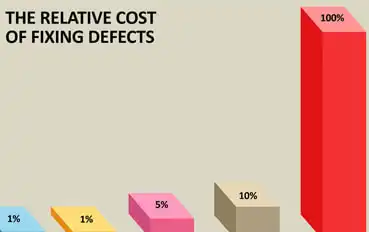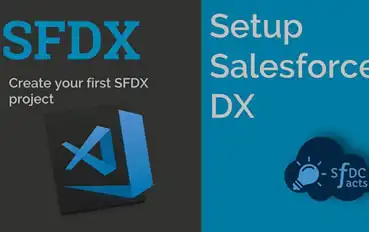
A combination of best practices and powerful tools is the best way to improve the quality of your code and consistently produce secure applications and updates.
Why It Matters: Even the best developers make the occasional mistake. So putting systems in place to perform a Salesforce code analysis supports numerous aspects of a successful Salesforce DevSecOps pipeline.
- Producing consistently high-quality, secure applications and updates is impossible without reliable coding structures.
- Selecting appropriate tools and processes enables team members to produce the best products.
- Utilizing automation reduces manual touchpoints and avoidable errors.







